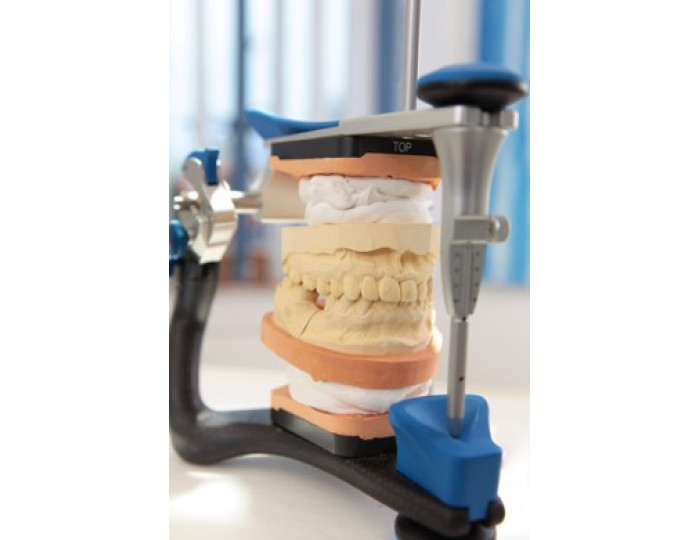What is Virtual Surgical Planning?
Without having a multidisciplinary team and a highly effective and efficient system in place, it becomes very difficult for the solo private practitioner to continue to provide orthognathic surgical care.
This inevitably has led many clinicians away from practicing orthognathic surgery as their time could be more cost-effective performing other procedures.
VSP has challenged the current state of presurgical orthognathic preparation and workups.
The Virtual Surgical Planning (VSP) method for 3D planning and analysis has been expanding of late. Virtual Surgical Planning consists of analyzing the patient’s skeletal deformity with a 3D analysis program using CT, performing virtual surgery, and then fabricating a surgical splint using a 3D printing technology.
VSP provides a surgeon with a clear 3D visualization of a patient’s anatomy to develop a surgical plan prior to entering the operating theater.
VSP is emerging as a way of reducing errors and improving the accuracy of the surgical planning process. It is much more accurate than Conventional Surgical Planning (CSP) because it involves planning and surgical splint fabrication using 3 dimensional data.
More complex the surgery is, the more time-effective VSP is.
Some of the advantages of VSP are listed below:
- VSP can allow minimally invasive surgery. VSP follows the osteotomy line nearly the same as in a real intraoperative osteotomy.
- More accurate and quantitative analysis of the various deformities is possible with VSP, which previously were impossible with 2D cephalometric analysis.
- Computerized planning in orthognathic surgery allows surgeons to carry out comprehensive evaluation of anatomical structures of the surgical field.
- It is possible to perform virtual segmentation of the maxilla or mandible and repositioning of the osteotomized segment is therefore possible. This enables precise mobilization of the horizontal, vertical, and transverse direction segments with six degrees of freedom according to the planned movements.
- In asymmetry patients, VSP can be used to diagnose presurgical problems and can predict the postoperative 3D position of osteotomized segments, thereby predicting redundant asymmetry after surgery.
- At the same time, the need for dental decompensation after surgery can also be visualized and it is possible to reflect the magnitude of overcorrection to VSP in advance
- Another advantage is that the trial of presurgical planning can be performed within an unlimited time
- Repetitive virtual surgery for the best possible results in problematic cases can minimize the surgical errors and can allow the surgeon to accurately reproduce the surgical plan. At the same time, surgeons can anticipate potential intraoperative problems and reduce complications using VSP.
- Computerized surgical planning and postoperative outcomes are stored in a database. These accumulated quantitative follow-up data would be helpful for developing an improved protocol or technical innovations for further treatments
- Intraoperative utilization of surgical splints or surgical guides can be fabricated by a 3D computer-aided design/computer-aided manufacturing (CAD/CAM) system.



